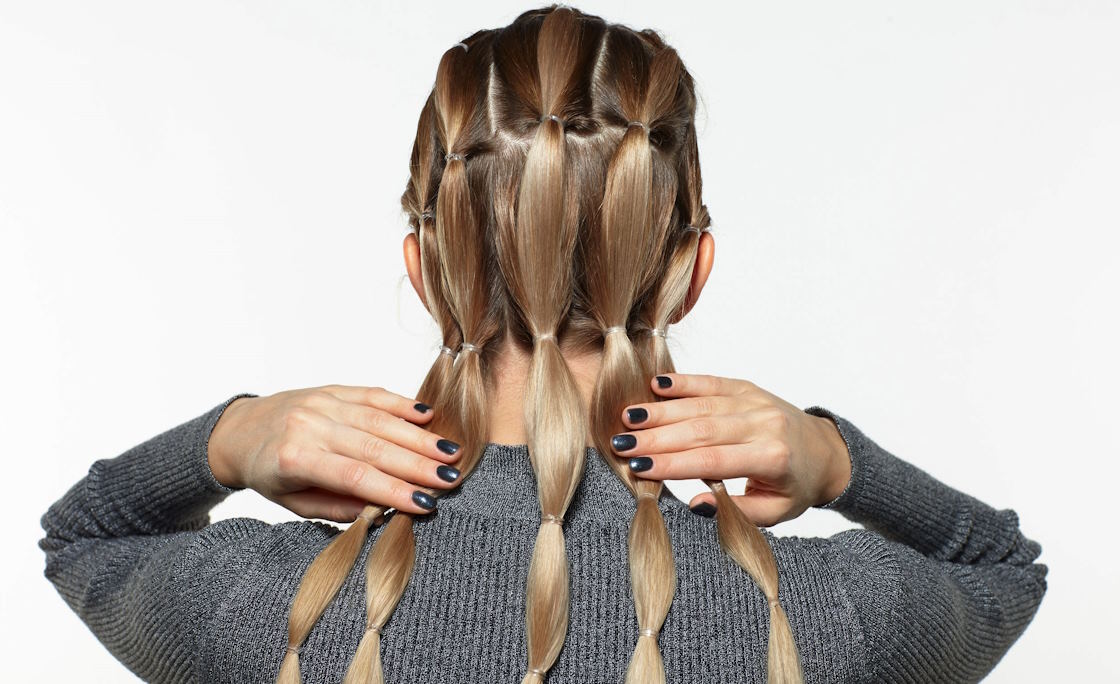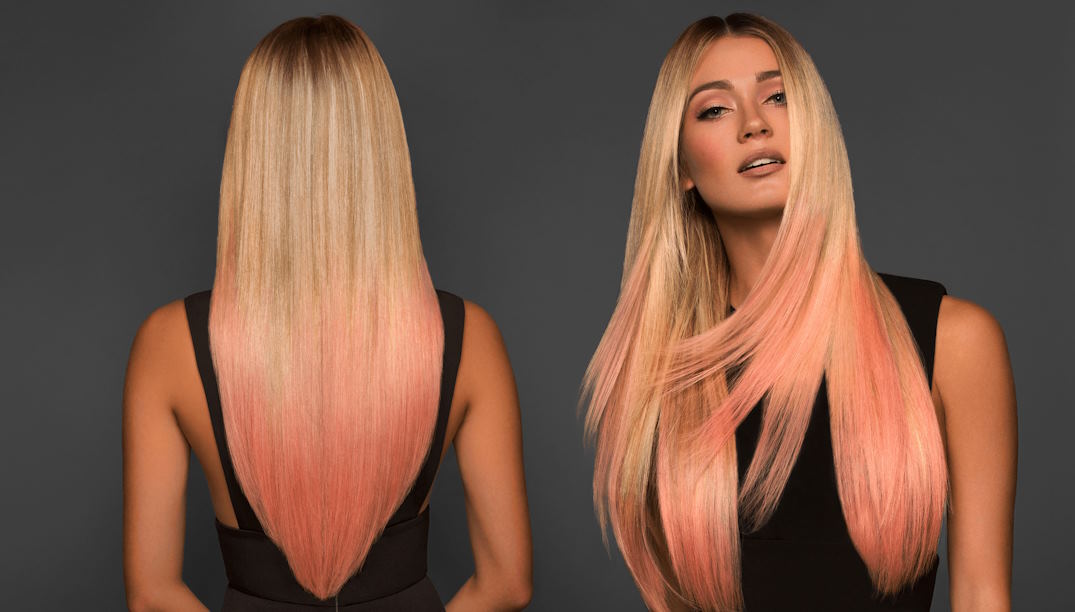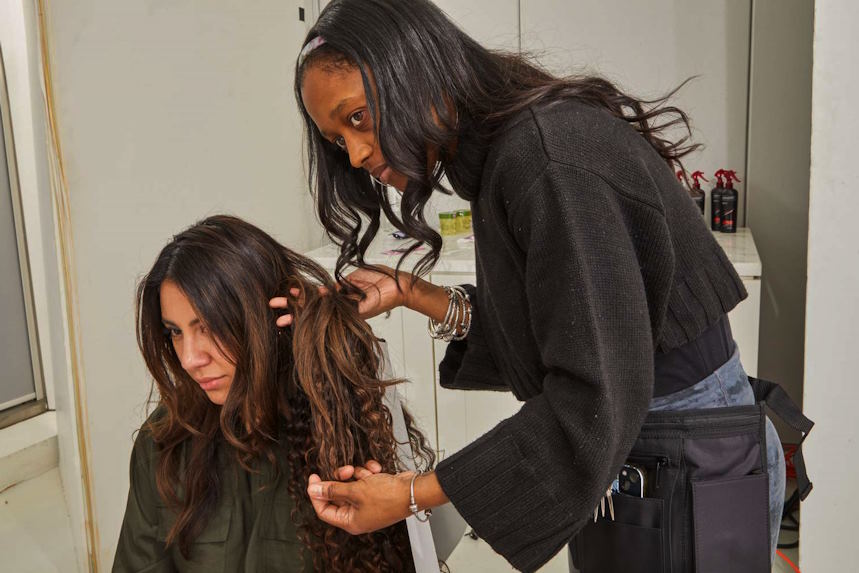Have you ever dreamed of having longer, fuller hair but feel like it’s out of reach? You’re not alone. Many of us crave that luscious, voluminous look but struggle with thin or slow-growing hair. That’s where hair extensions come in, acting like a magic wand that can instantly transform your locks. But let’s face it – the idea of adding extensions can be a bit intimidating. How do you make them look natural? How do you care for them? Don’t worry; we’ve got you covered.
Selecting the Right Extensions
When it comes to selecting the right hair extensions, matching the color and texture to your natural hair is crucial. Imagine trying to blend two puzzle pieces that don’t fit – it just won’t look right! To get the best match, take a close look at your hair in natural light and compare it to the extensions. Many brands offer color swatches to help you find the perfect shade. And don’t forget about texture – if your hair is curly, straight extensions will stick out like a sore thumb.
Next, think about length and volume. Do you want a dramatic change with long, flowing locks, or are you looking for a subtle boost in volume? It’s like picking out a new outfit – you need to choose what suits your style and occasion. Measure your hair to decide how much length you want to add and consider how thick you want your hair to look.
Lastly, let’s talk about quality vs. cost. Synthetic hair extensions can be more budget-friendly, but they might not last as long or blend as naturally as human hair extensions. Human hair extensions can be styled with heat and tend to look more realistic, but they come with a higher price tag. It’s a bit like choosing between fast fashion and investment pieces – both have their pros and cons, so pick what works best for your needs and budget.

Application Techniques
Let’s dive into the world of application techniques for hair extensions. First up, clip-in extensions – they’re the easiest and most user-friendly option. Think of them as hair accessories you can put in and take out whenever you want. To apply, start by sectioning your hair, clip the extensions close to your scalp, and blend them with your natural hair. It’s like adding a little extra flair to your look without any long-term commitment.
Next, tape-in extensions offer a semi-permanent solution. They involve sandwiching small sections of your hair between adhesive strips on the extensions. While you can do it yourself, many people prefer having a professional apply them to ensure they’re secure and well-hidden. It’s like wallpapering a room – it can be done DIY, but professional help can make a big difference.
Sew-in extensions, also known as weaves, are more permanent and involve braiding your natural hair and sewing the extensions onto the braids. This method is great for adding length and volume but requires regular maintenance to keep the braids and extensions in good shape.
Fusion and micro-link extensions are for those looking for a long-term change. Fusion extensions use a bonding agent to attach extensions to your natural hair, while micro-link extensions use small beads to hold the extensions in place. Both methods require professional application and regular upkeep, but they offer a seamless and natural look. It’s like committing to a new hairstyle – a bit more effort but totally worth it for the results.

Blending Extensions with Natural Hair
Blending hair extensions with your natural hair is like mixing ingredients for a perfect recipe – you want everything to come together smoothly. To start, let’s talk about cutting and styling tips. Once your extensions are in, consider getting a trim to help blend the lengths. A professional stylist can cut your extensions while they’re in your hair, ensuring they blend seamlessly. Think of it like tailoring a dress to fit perfectly – a little adjustment can make a huge difference.
Using layers and texture is another key to natural-looking extensions. If your natural hair is layered, your extensions should be too. Adding layers helps create a more cohesive look, making it hard to tell where your real hair ends and the extensions begin. Texture also plays a big role – if you have wavy hair, use a curling iron to add waves to your extensions for a uniform look.
When it comes to tools and products, a good brush or comb is essential. Look for a brush designed for extensions to avoid snagging. A wide-tooth comb can also help gently detangle your hair. Styling products like heat protectants, smoothing serums, and light-hold hairsprays can help keep everything in place. Imagine these tools and products as the spices in your blending recipe – they enhance the final result, making your extensions look naturally fabulous.

